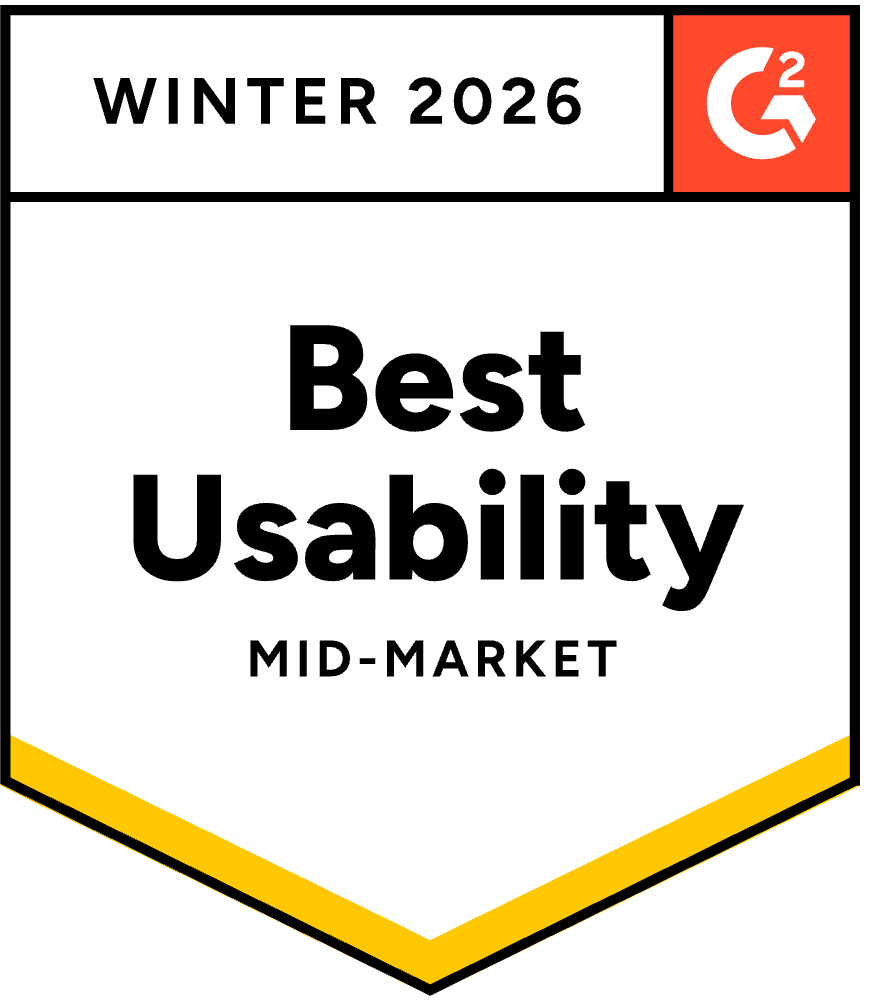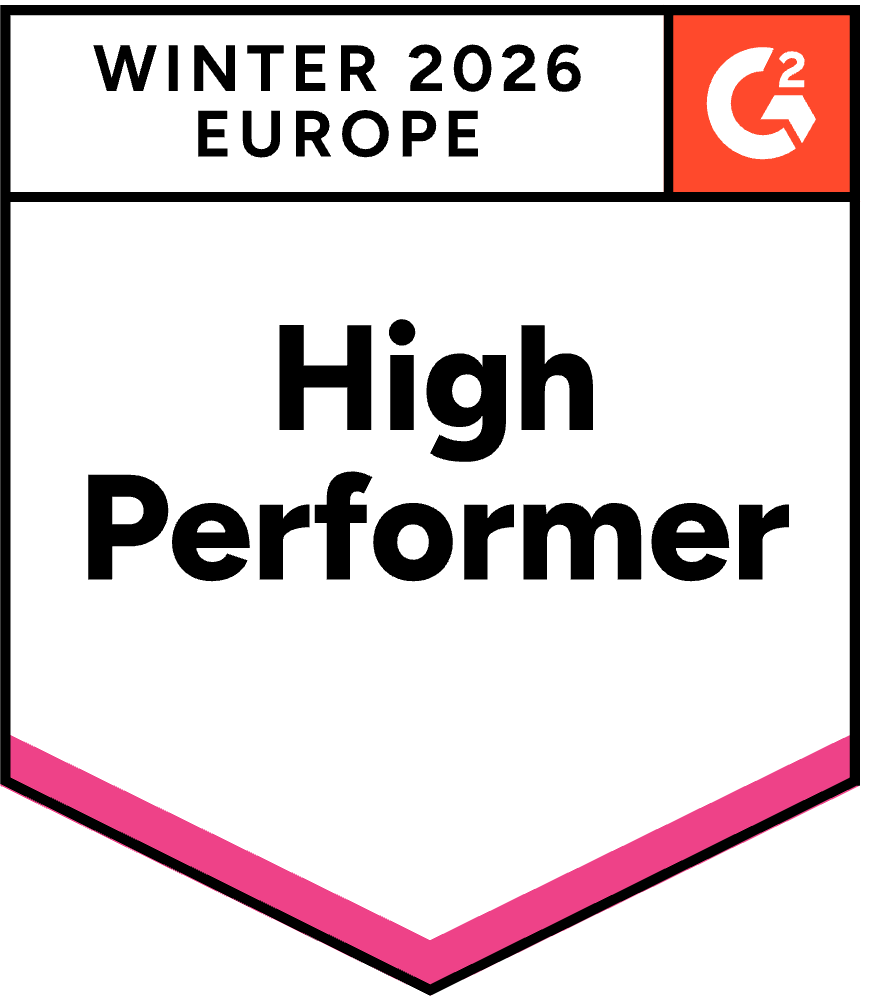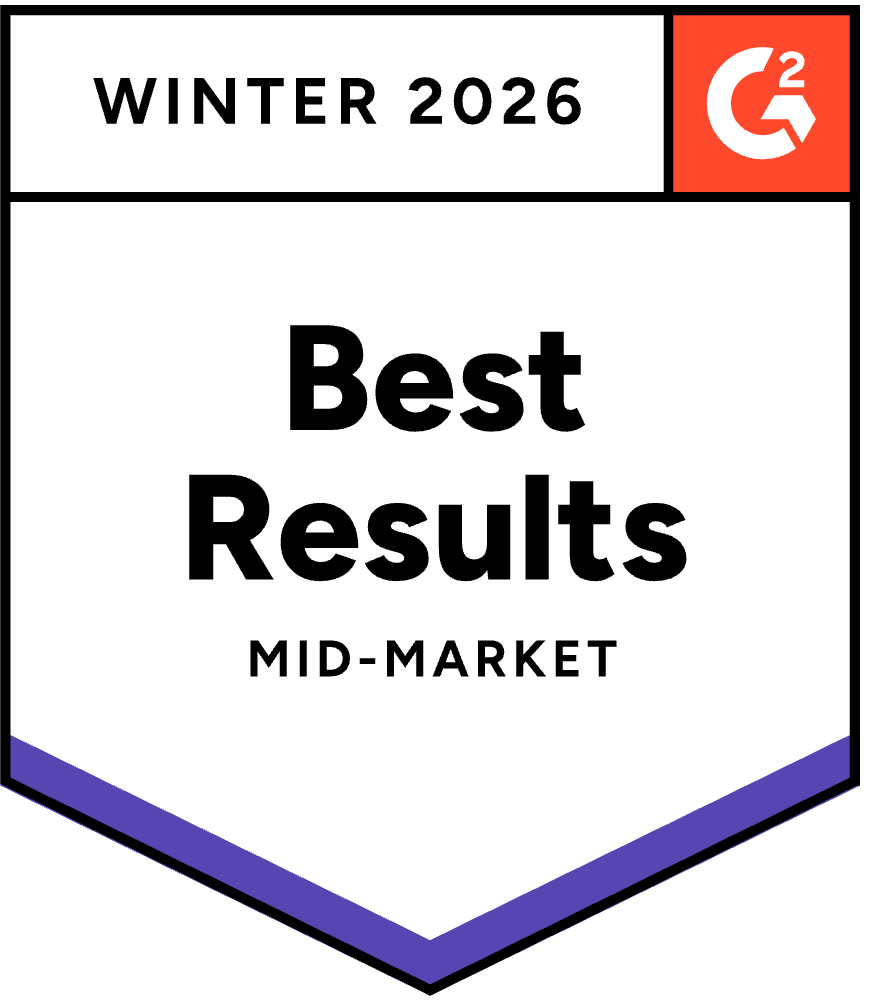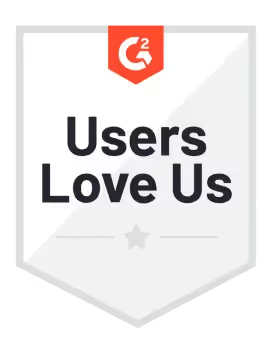.svg)



Discover more integrations
No items found.
Get in touch CTA Section
Lorem ipsum dolor sit amet, consectetur adipiscing elit, sed do eiusmod tempor incididunt ut labore et dolore magna aliqua.
Frequently asked questions
Who should be responsible for managing data quality in an organization?
Data quality management works best when it's a shared responsibility. Data stewards often lead the charge by bridging business needs with technical implementation. Governance teams define standards and policies, engineering teams build the monitoring infrastructure, and business users provide critical domain expertise. This cross-functional collaboration ensures that quality issues are caught early and resolved in ways that truly support business outcomes.
What is data lineage and why is it important for data observability?
Data lineage is the process of tracing data as it moves from source to destination, including all transformations along the way. It's a critical component of data observability because it helps teams understand dependencies, troubleshoot issues faster, and maintain data reliability across the entire pipeline.
Is this integration useful for teams focused on data governance and compliance?
Yes, it really is! With enhanced lineage and metadata tracking from source to destination, the Fivetran integration supports better data governance. It helps ensure transparency, traceability, and SLA compliance across your data ecosystem.
What role does data observability play in Shippeo's customer experience?
Data observability helps Shippeo’s Customer Experience team respond quickly to issues like missing GPS data or unusual spikes in transport orders. Real-time alerts empower them to act fast, communicate with customers, and keep service levels high.
What trends in data observability should we watch for in 2025?
In 2025, expect to see more focus on AI-driven anomaly detection, dynamic thresholding, and predictive analytics monitoring. Staying ahead means experimenting with new observability tools, engaging with peers, and continuously aligning your data strategy with evolving business needs.
Why is data observability essential for building trusted data products?
Great question! Data observability is key because it helps ensure your data is reliable, transparent, and consistent. When you proactively monitor your data with an observability platform like Sifflet, you can catch issues early, maintain trust with your data consumers, and keep your data products running smoothly.
What is data volume and why is it so important to monitor?
Data volume refers to the quantity of data flowing through your pipelines. Monitoring it is critical because sudden drops, spikes, or duplicates can quietly break downstream logic and lead to incomplete analysis or compliance risks. With proper data volume monitoring in place, you can catch these anomalies early and ensure data reliability across your organization.
What is data distribution deviation and why should I care about it?
Data distribution deviation happens when the distribution of your data changes over time, either gradually or suddenly. This can lead to serious issues like data drift, broken queries, and misleading business metrics. With Sifflet's data observability platform, you can automatically monitor for these deviations and catch problems before they impact your decisions.















-p-500.png)
